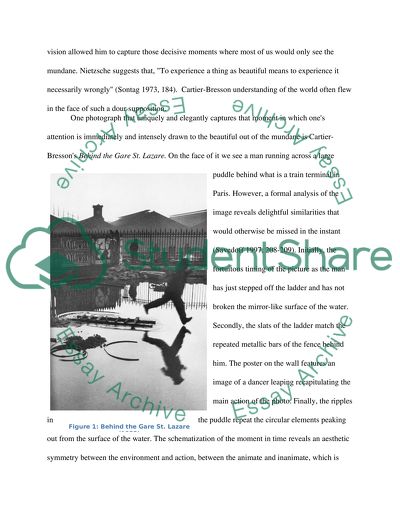Cite this document
(“'Photographic seeing: what, if anything, could be meant by this Essay”, n.d.)
Retrieved from https://studentshare.org/miscellaneous/1503736-photographic-seeing-what-if-anything-could-be-meant-by-this-concept
Retrieved from https://studentshare.org/miscellaneous/1503736-photographic-seeing-what-if-anything-could-be-meant-by-this-concept
('Photographic Seeing: What, If Anything, Could Be Meant by This Essay)
https://studentshare.org/miscellaneous/1503736-photographic-seeing-what-if-anything-could-be-meant-by-this-concept.
https://studentshare.org/miscellaneous/1503736-photographic-seeing-what-if-anything-could-be-meant-by-this-concept.
“'Photographic Seeing: What, If Anything, Could Be Meant by This Essay”, n.d. https://studentshare.org/miscellaneous/1503736-photographic-seeing-what-if-anything-could-be-meant-by-this-concept.


